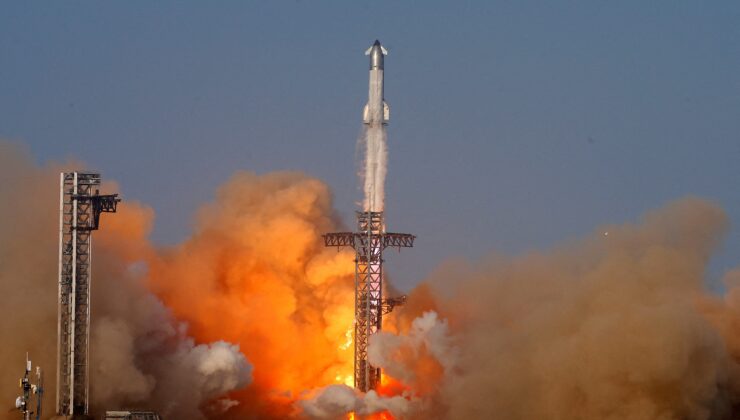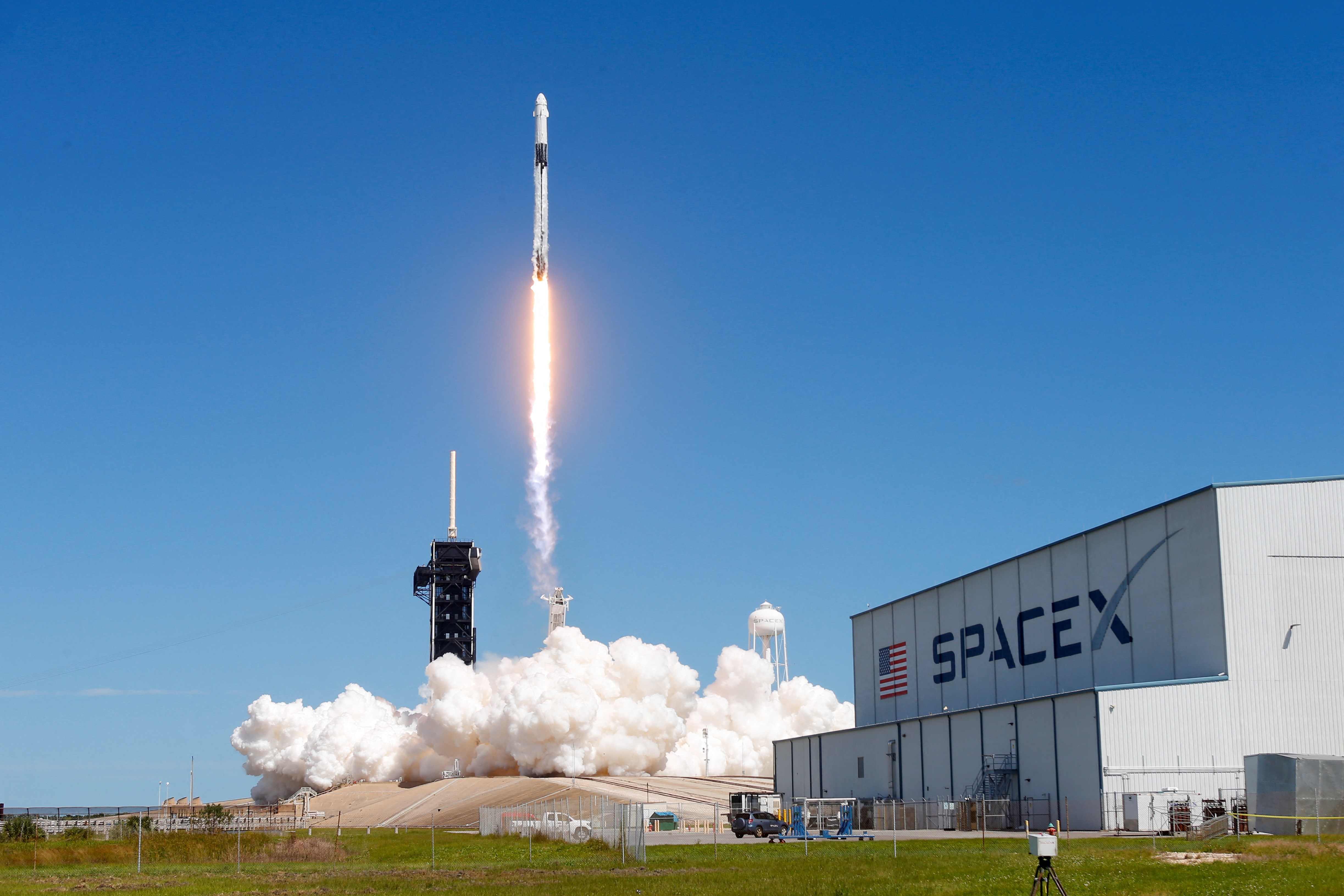

SpaceX, renowned as the most active space launch entity globally, is setting its sights on achieving $15.5 billion in revenue by 2025. Elon Musk, the visionary CEO of SpaceX, recently indicated on the X platform that the company’s commercial revenues are poised to exceed NASA’s entire budget in the near future. For fiscal year 2026, the White House has proposed a budget of approximately $18.8 billion for NASA, marking a considerable reduction from the current budget of about $25 billion.

Based on SpaceX’s projections, $1.1 billion of the company’s earnings this year is anticipated to be sourced from NASA. The remainder will be generated exclusively through private sector ventures. SpaceX has witnessed remarkable growth in recent years, primarily driven by its innovative reusable rocket systems and expansive global internet infrastructure initiatives.
SpaceX’s Falcon 9 and Falcon Heavy rockets have emerged as the top choice for numerous commercial and government missions due to their cost-effective launch services. The year 2024 was a record-breaking one for SpaceX, with the company conducting an unprecedented 134 launches, solidifying its status as the leading launch operator worldwide. SpaceX now aims to surpass this milestone by the end of 2025, with officials revealing a target of 170 launches by the conclusion of this year.
A significant portion of this launch activity is fueled by the ever-expanding Starlink satellite network. Starlink involves deploying thousands of satellites into orbit to deliver broadband internet service globally. Presently, there are over 7,500 active Starlink satellites in orbit. As of November 2023, Musk announced that Starlink has reached a breakeven point in cash flow, underscoring its pivotal role in ensuring SpaceX’s financial stability.
While plans are in place to eventually offer Starlink to the general public, Musk has yet to disclose a definitive timeline. Among SpaceX’s most daring future projects is the development of the 122-meter-long Starship rocket, which holds the promise of transporting humanity to Mars. This fully reusable system is being engineered for deep space missions and is slated to undergo various tests and missions in the coming years, cementing its role in the next era of space exploration.
SİGORTA
10 saat önceSİGORTA
1 gün önceBİLGİ
3 gün önceSİGORTA
4 gün önceSİGORTA
7 gün önceSİGORTA
12 gün önceSİGORTA
14 gün önceSİGORTA
14 gün önceSİGORTA
16 gün önceSİGORTA
18 gün önce 1
DJI Mini 5: A Leap Forward in Drone Technology
20186 kez okundu
1
DJI Mini 5: A Leap Forward in Drone Technology
20186 kez okundu
 2
xAI’s Grok Chatbot Introduces Memory Feature to Rival ChatGPT and Google Gemini
14197 kez okundu
2
xAI’s Grok Chatbot Introduces Memory Feature to Rival ChatGPT and Google Gemini
14197 kez okundu
 3
7 Essential Foods for Optimal Brain Health
13040 kez okundu
3
7 Essential Foods for Optimal Brain Health
13040 kez okundu
 4
Elon Musk’s Father: “Admiring Putin is Only Natural”
12898 kez okundu
4
Elon Musk’s Father: “Admiring Putin is Only Natural”
12898 kez okundu
 5
Minnesota’s Proposed Lifeline Auto Insurance Program
10762 kez okundu
5
Minnesota’s Proposed Lifeline Auto Insurance Program
10762 kez okundu
Sigorta Güncel Sigorta Şikayet Güvence Haber Hasar Onarım Insurance News Ajans Sigorta Sigorta Kampanya Sigorta Ajansı Sigorta Sondakika Insurance News